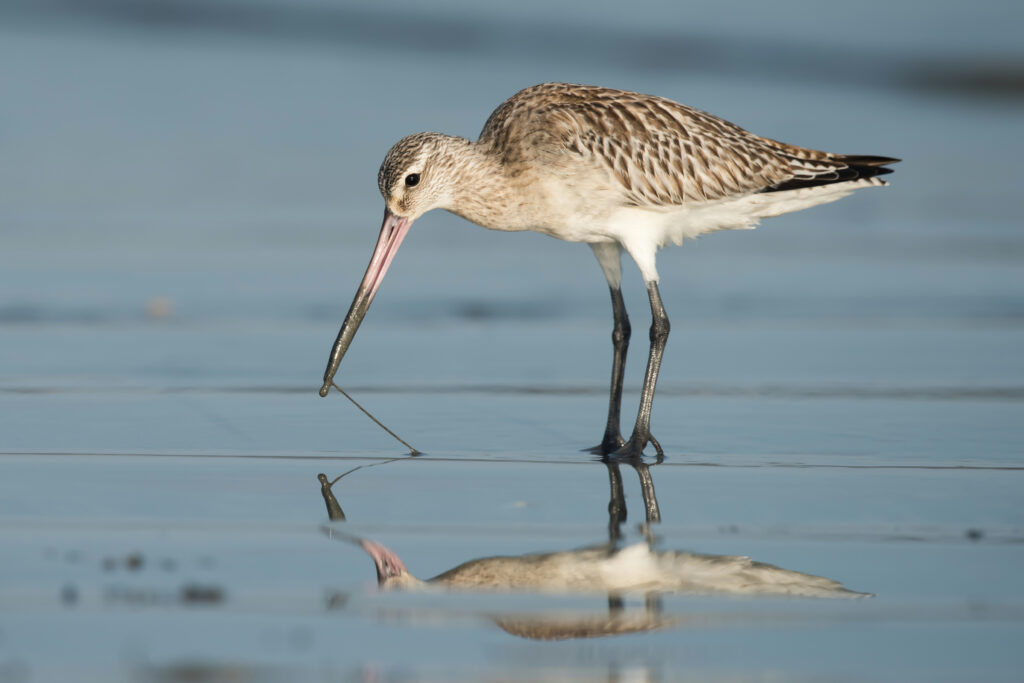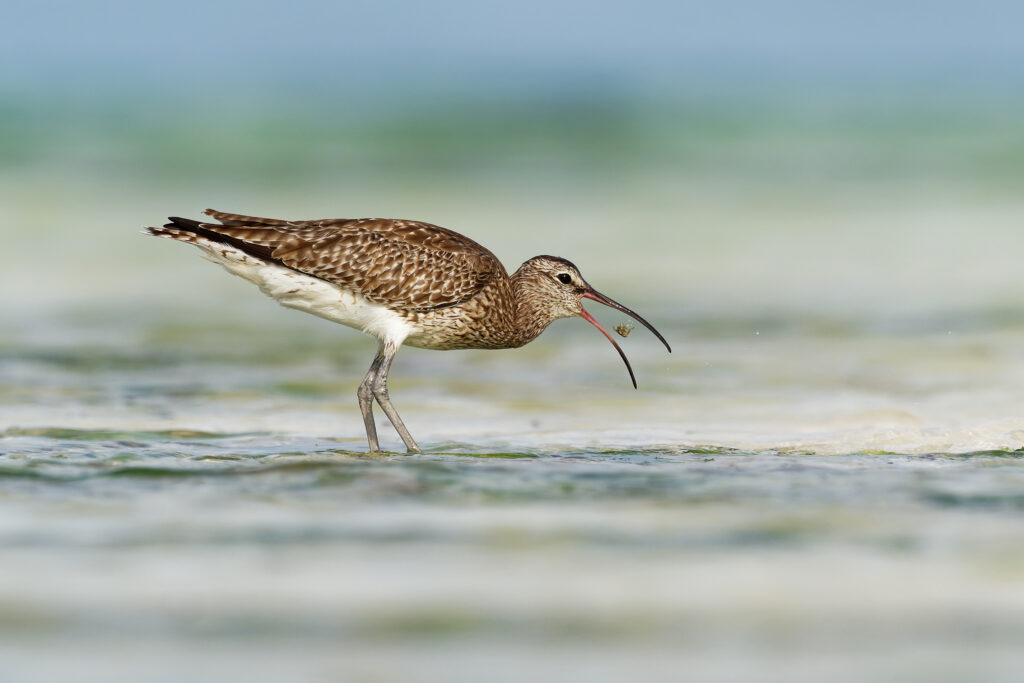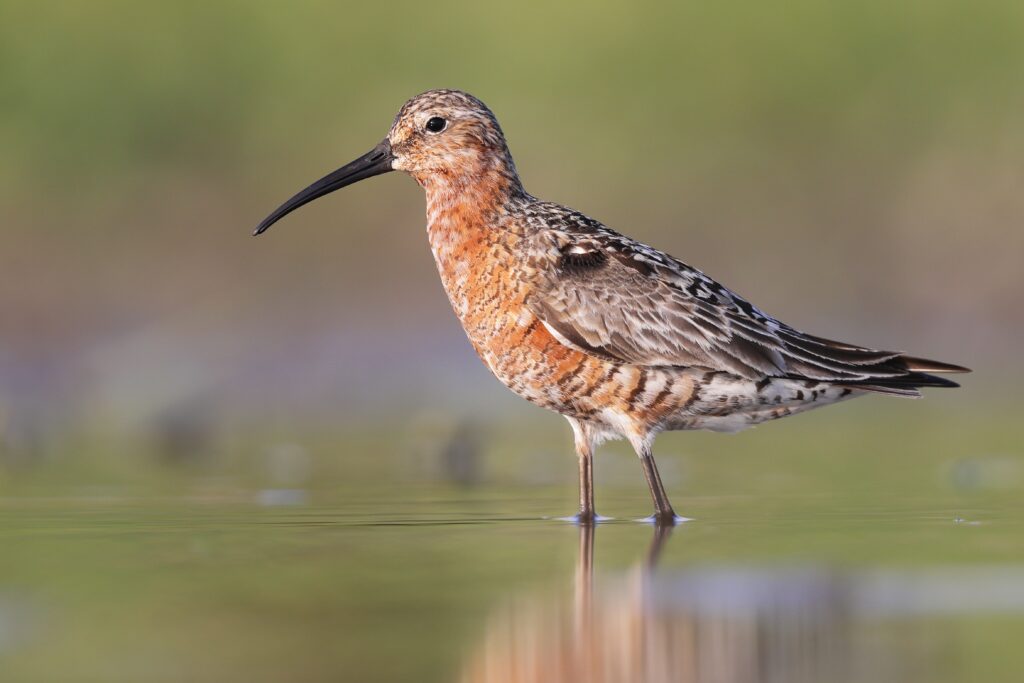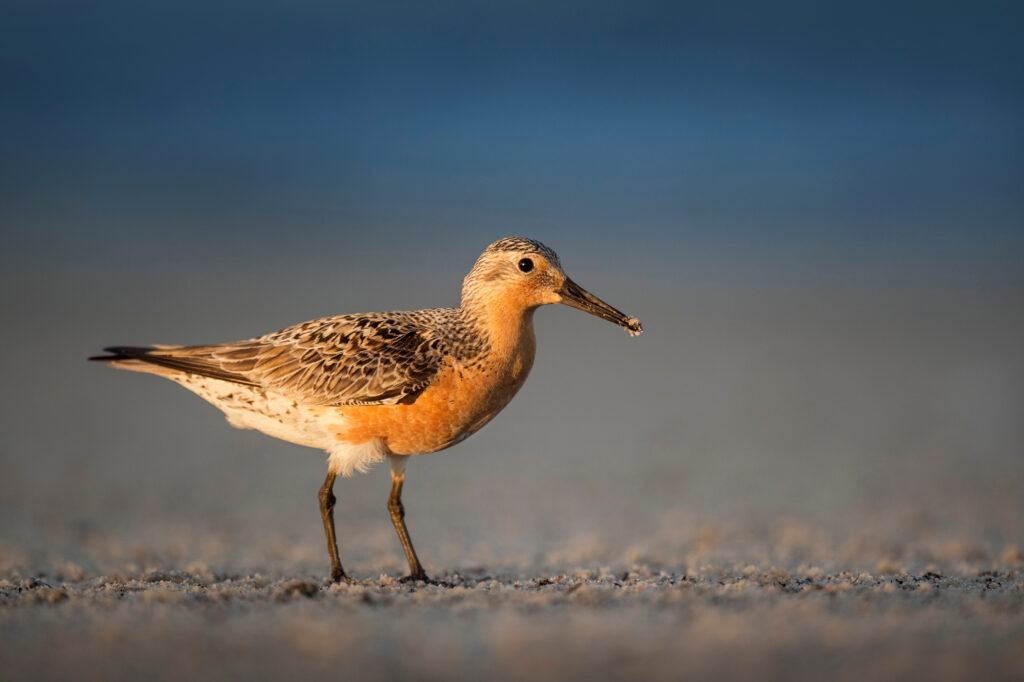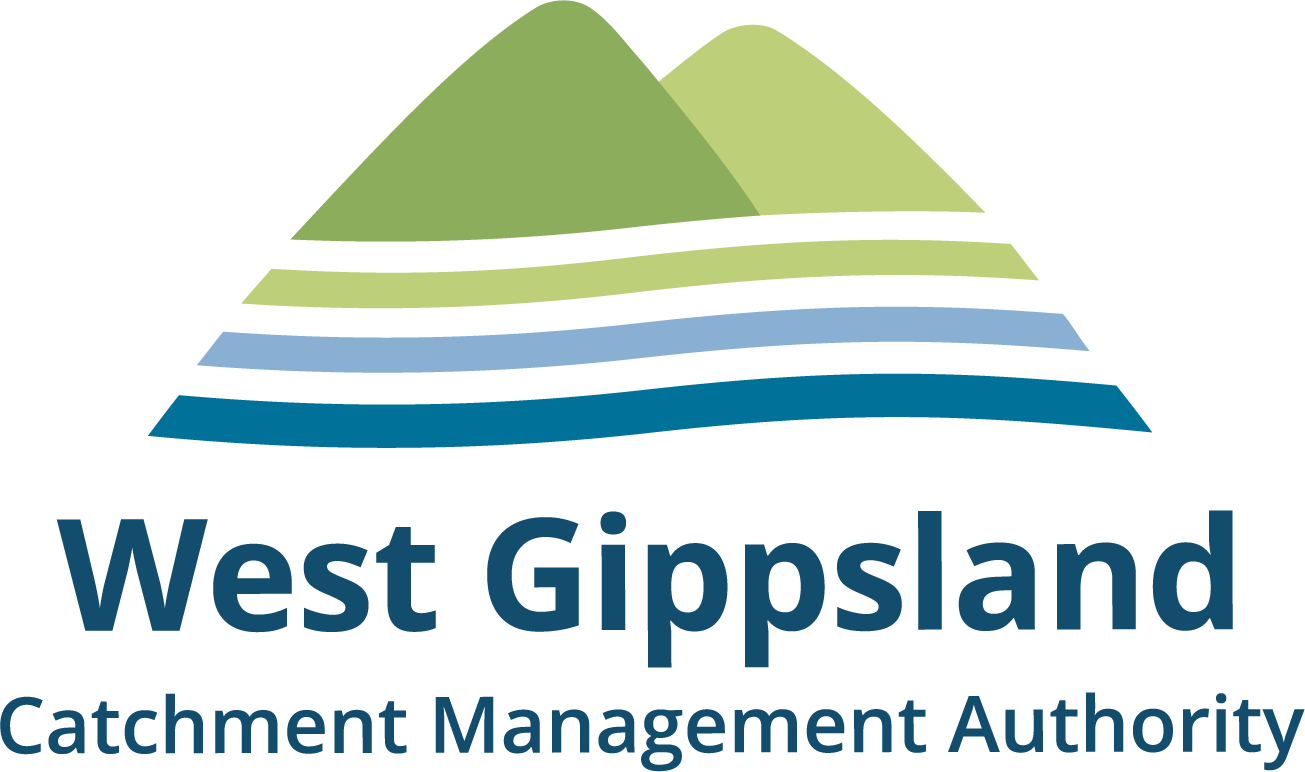From Corner Inlet to Alaska in nine days: the amazing feats of migratory birds
A tiny bird the size and weight of a matchbox that flies thousands of kilometres from the Siberian tundra is one of the amazing stories of Corner Inlet’s migratory birds that West Gippsland Catchment Management Authority (CMA) is celebrating this World Migratory Bird Day.
Corner Inlet’s migratory birds are busy preparing for their annual long haul flight to summer breeding grounds in north-east Asia and Siberia. They are preening their feathers and feeding intensively to have enough fuel for the epic journey.
Migratory Bird Day is on Saturday 10 May. The theme of Shared Spaces aims to raise awareness of the many challenges migratory birds face and how crucial it is to work together as a community to provide safe havens for these remarkable world travellers.
“Communities working together to enhance and protect Corner Inlet Ramsar site and the migratory birds that call it home is something we have been doing for decades,” said Tanya Cowell, Waterways Project Officer for West Gippsland CMA.
“Our latest project focuses on monitoring and understanding the inlet’s migratory bird populations.”
Summer monitoring by BirdLife Australia staff and volunteers counted just over 27,000 shore and water birds including 9,631 Bar-tailed Godwits and 9,439 Red-necked Stints – two birds with incredible stories.
Red necked stints are the smallest of Australia’s migratory birds, weighing just 30 grams. Despite their size, their annual 15,000 kilometre migration is a mighty effort and in their lifetime of about 20 years they travel further than the distance between the Earth and the Moon!
Bar-tailed Godwits are also remarkable with godwits making their 11,000 kilometre journey to Alaska non-stop in nine days!
There are 16 species of international migratory shorebirds that are regularly supported by the Corner Inlet Ramsar site. Many travel to north east Asia and Alaska along what is known as the East Asian Australasian Flyway with habitat destruction being one of their biggest threats.
Corner Inlet became an internationally recognised wetland through the Ramsar convention in 1982. The inlet’s extensive intertidal mudflats provide food for migratory species.
“Rewards of a consistent and sustained effort to protect and enhance Corner Inlet by the CMA, Landcare, Greening Australia, GLaWAC Traditional Owners and partners Parks Victoria, Trust for Nature and BirdLife Australia are definitely paying off,” said Tanya.
“Ongoing monitoring is crucial to understanding the bird populations and threats they face. This can then guide effective management efforts and assist in community education and how special the inlet is and how lucky we are that these birds return each year.”
As a community it is important to recognise and celebrate these amazing birds and how we are working together to protect the incredibly unique habitat that supports these special species,” Tanya said.
“The Corner Inlet Ramsar Site Coordination project is supported by the Victorian Government.”
West Gippsland CMA is responsible for over 40,000 kilometres of designated waterways across the region and delivers programs for healthy and resilient catchments. All these waterways flow to the Victorian coast, discharging through the Gippsland Lakes, or directly into Bass Strait and the Southern Ocean.
Become a river lover
Find out more about the work we do and sign up to our e-news for updates.
